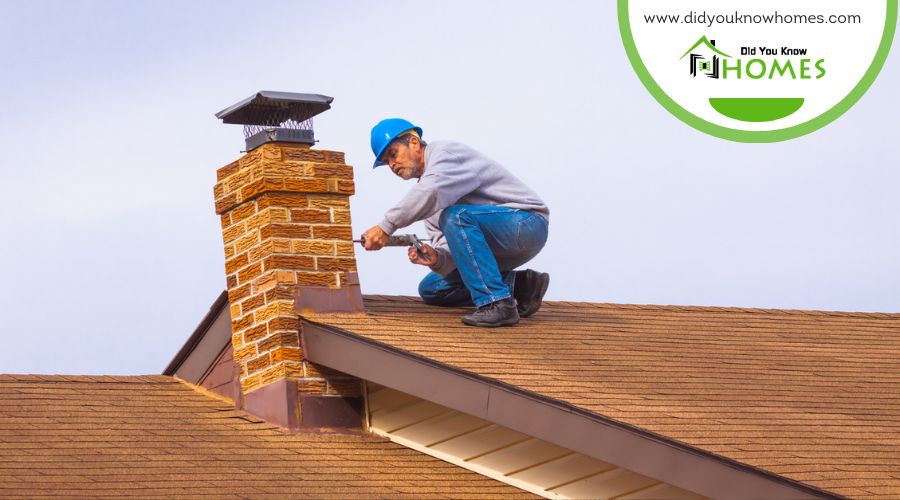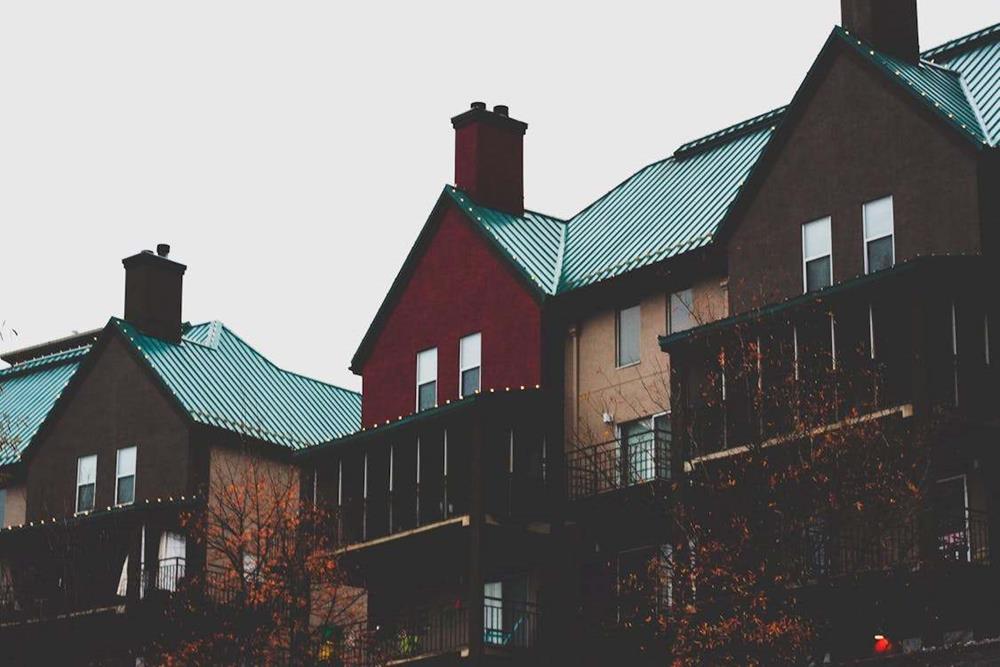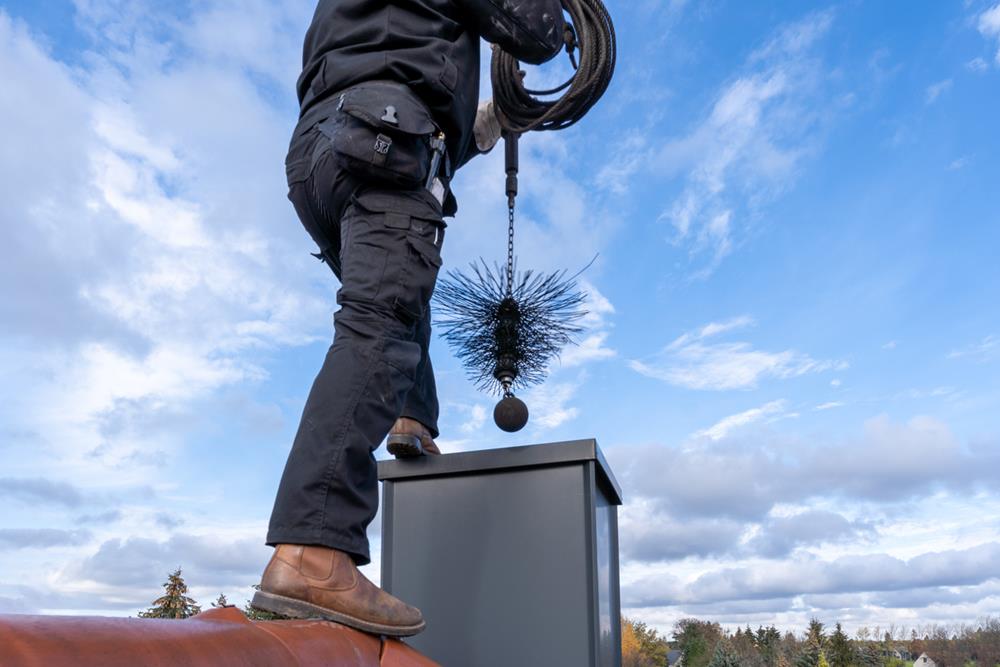Keeping your chimney in top condition is more than a matter of home improvement—it’s a crucial step in safeguarding the comfort, safety, and longevity of your home. From cozy winter nights by the fire to ensuring harmful gases are properly vented, a well-maintained chimney plays a pivotal role in your home’s overall well-being. This article covers essential maintenance tips and practices that every homeowner should be aware of, helping to prevent common issues and extend the life of your chimney for decades.
The Benefits of a Chimney
Chimneys have been a staple in homes for centuries, offering not just warmth but also a range of benefits that enhance living spaces. Understanding these advantages can help homeowners appreciate their chimney’s value and the importance of its maintenance:
- Improved Heating Efficiency: A well-maintained chimney ensures efficient airflow, facilitating better combustion in fireplaces or wood stoves. This leads to more effective heating, keeping your home cozy while potentially reducing heating costs.
- Enhanced Air Quality: Chimneys play a crucial role in ventilating smoke and harmful gasses from indoor heating sources outside, contributing to safer and cleaner air within your home.
- Increased Home Value: Homes with functional and aesthetically pleasing fireplaces and chimneys are often more appealing to potential buyers. This can increase the property’s market value and attractiveness.
- Ambiance and Comfort: The presence of a fireplace and chimney can add a unique ambiance and comfort to your living space, making it a cozy gathering spot for family and friends.
- Cooking and Grilling: Some chimneys, especially those attached to outdoor kitchens, offer the additional benefit of being used for grilling or wood-fired cooking, adding a delicious flavor to food that’s hard to replicate with other cooking methods.
By highlighting these benefits, homeowners can see the value in not only having a chimney but also in ensuring its proper maintenance for long-term functionality and safety.
Tips for Maintaining a Chimney
To ensure your chimney functions safely and efficiently year-round, regular maintenance is crucial. Here are some essential tips to help you maintain your chimney effectively:
- Annual Inspection: It’s recommended that a professional inspect your chimney at least once a year. This is to check for blockages, buildup of creosote, or any structural issues that could lead to dangerous situations, such as chimney fires or carbon monoxide leaks.
- Clean Regularly: Depending on the frequency of use, your chimney should be cleaned periodically to remove soot and creosote accumulation. This not only enhances efficiency but also significantly reduces the risk of chimney fires.
- Cap Installation: Installing a chimney cap can prevent animals, debris, and rainwater from entering the chimney, thereby protecting the structure and ensuring proper airflow.
- Check for Damage: Regularly examine your chimney for any signs of damage or wear, such as cracks in the mortar or missing bricks. Early detection of these issues can prevent costly repairs down the line.
- Use Seasoned Wood: Burning seasoned or dried wood minimizes the buildup of creosote in your chimney. Wet or green wood leads to more smoke and creosote accumulation, increasing the risk of a chimney fire.
- Ensure Proper Ventilation: Make sure your home is well-ventilated, especially when using the chimney. Proper airflow is essential for the efficient functioning of your chimney and for the safety of your home’s occupants.
- Protect the Chimney Liner: The liner is a critical component that protects the chimney walls from heat and corrosion. Check its condition regularly and replace it if necessary to ensure the longevity and safety of your chimney.
Following these tips can significantly extend the life of your chimney, making your home safer and more comfortable.
Why You Need to Get Your Chimney Cleaned Regularly
Regular chimney cleaning is not just a matter of routine home maintenance; it’s a crucial practice that ensures the safety, efficiency, and longevity of your fireplace and chimney. Neglecting this task can lead to a host of problems, some of which can have serious consequences for your home and your family’s health. Let’s explore the key reasons why keeping your chimney clean should be a top priority.
Preventing Chimney Fires
One of the most critical reasons for regular chimney cleaning is to prevent the buildup of creosote, a highly flammable by-product of burning wood. Creosote can accumulate on the inner walls of your chimney, and when it becomes too thick, the heat from a fire can ignite it, leading to a dangerous chimney fire. These fires can be explosive and may cause extensive damage to your chimney and your home. Regular cleaning removes creosote buildup, drastically reducing the risk of a chimney fire.
Ensuring Efficient Heating
A clean chimney allows for better airflow and more efficient combustion, which means your fireplace will heat your home more effectively. When the chimney is clogged with soot and debris, it can restrict the flow of air, making it harder to start a fire and maintain it. This inefficiency not only makes your fireplace less effective at warming your space but can also lead to higher fuel consumption as you try to compensate for the reduced heat output.
Preventing Carbon Monoxide Poisoning
A blocked or dirty chimney can hinder the proper venting of gasses produced by burning fuel, including carbon monoxide (CO), a colorless, odorless gas that can be lethal if inhaled in large quantities. CO poisoning is a serious risk with clogged chimneys, as the gas can be forced back into the home instead of being vented outside. Regular chimney cleaning ensures that these dangerous gasses are efficiently expelled from your home, keeping you and your family safe.
Avoiding Costly Repairs
Regular maintenance, including chimney cleaning, can help identify minor issues before they turn into costly repairs. A professional chimney sweep can spot cracks, loose bricks, or other damages that might not be visible to the untrained eye. Early detection allows for timely repairs, potentially saving you thousands of dollars in the long run. Furthermore, a well-maintained chimney is less likely to suffer from severe structural issues that can be expensive and challenging to fix.
Extending the Life of Your Chimney
Lastly, regular cleaning extends the lifespan of your chimney. The accumulation of soot, creosote, and other materials can corrode chimney liners and damage masonry over time. By keeping these harmful substances at bay, you protect the structural integrity of your chimney, ensuring it serves you safely for years to come.
Conclusion
By paying attention to the early signs of wear and tear, homeowners can ensure that their chimney remains a safe and functional part of their home for years to come. Remember, a well-maintained chimney contributes not only to the safety of your home but also enhances its overall value. Stay vigilant, and don’t hesitate to seek professional advice when needed to keep your chimney in top condition.



